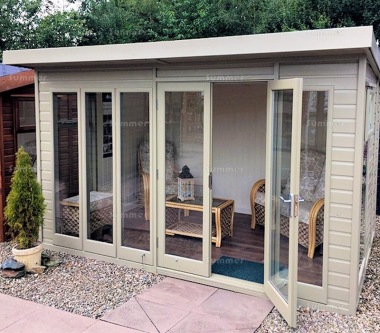All Categories
Featured
Table of Contents
Buy Double Glazed Upvc Sliding Doors In Sydney in Sorrento Western Australia
Laminated glass is frequently used in locations in the house most vulnerable to injury from human effect such as bathrooms, doors, around staircases and in areas close to the flooring (it meets the requirements of 'safety glass' that is mandated for usage in these areas by Australian Standard AS 1288 Glass in buildings).
Toughened glass has actually been 'tempered' by being reheated and quickly cooled again. This process makes it much more powerful than basic glass it can resist higher effect loads prior to breaking. It likewise makes it more secure due to the fact that, when it does shatter, it burglarizes many small cubic pieces instead of unsafe shards.
Why Is Double Glazing So Important In Winter? in Darlington Perth
However, toughened glass has no thermal or acoustic benefits over other glass of the exact same toning or density. Secondary glazing is where single-glazed windows are retrofitted with a transparent acrylic or glass sheet connected to the within of the frame or openable sash with a secondary frame or with magnetic strips.

Secondary glazing will not carry out as well thermally as a made IGU, considering that it is impossible to totally seal the border, however it can supply great noise control. Window films are a thin polymer movie consisting of an absorbing color or reflective metal layer, with an adhesive backing. They stick to your glazing to change its colour or make it reflective.
What Is Double Glazing Windows And Doors? in Morley Western Australia
Applied to existing glass, some window films can halve the total SHGC of the window by soaking up and/or reflecting solar radiation. This can be especially helpful in hotter climates where cooling is the main concern, or on east and west elevations straight exposed to extended periods of sunshine. Window movies may also minimize visible light transmittance.

For this factor, it is usually best to utilize a recognized installer of window film. Frames have a considerable effect on the thermal efficiency of doors and windows, since energy can be gained and lost through the frame, in addition to through the glass. Different kinds of frame will allow different levels of heat gain and loss, so careful choice of frame is essential for effective passive style.
Enjoy Your Summer More With Double Glazed Windows in Wexcombe Western Australia
Aluminium is likewise a very excellent conductor of heat and will decrease the insulating worth of a glazing system, unless particularly engineered to reduce this. A 'thermally broken' frame is made up of 2 aluminium sections connected by a structural insulator (generally a low-conductivity structural polymer). This 'breaks' the thermal connection through the aluminium and lowers the heat flowing through the frame.
Wood frames are an excellent natural insulator that can suit some house designs. Wood frames must be made from species that have naturally high toughness or be treated to prevent decay and contortion.
Why Is Double Glazing So Important In Winter? in Lakes Western Australia
However, this can result in spaces that enable air seepage unless great draught sealing (weather removing) is set up. u, PVC is a form of plastic (unplasticised polyvinyl chloride, also referred to as rigid PVC). u, PVC frames offer exceptional thermal efficiency, typically much better than timber or thermally damaged aluminium. u, PVC is long enduring and requires very little upkeep, and can be moulded into complicated profiles that supply excellent air seals.
u, PVC windows and doors have exceptional thermal performance Photo: Ben Wrigley (Light House Architecture and Science) Composite frames utilize aluminium profiles on the external areas with either a timber or u, PVC inner section. These integrate the low maintenance and resilience of aluminium with much enhanced thermal efficiency.
Latest Posts
Secondary Glazing: A Buyers Guide in Bibra Lake WA
Double Glazing in Swan View WA
Double Glazed Windows In The Summer in Myaree Western Australia